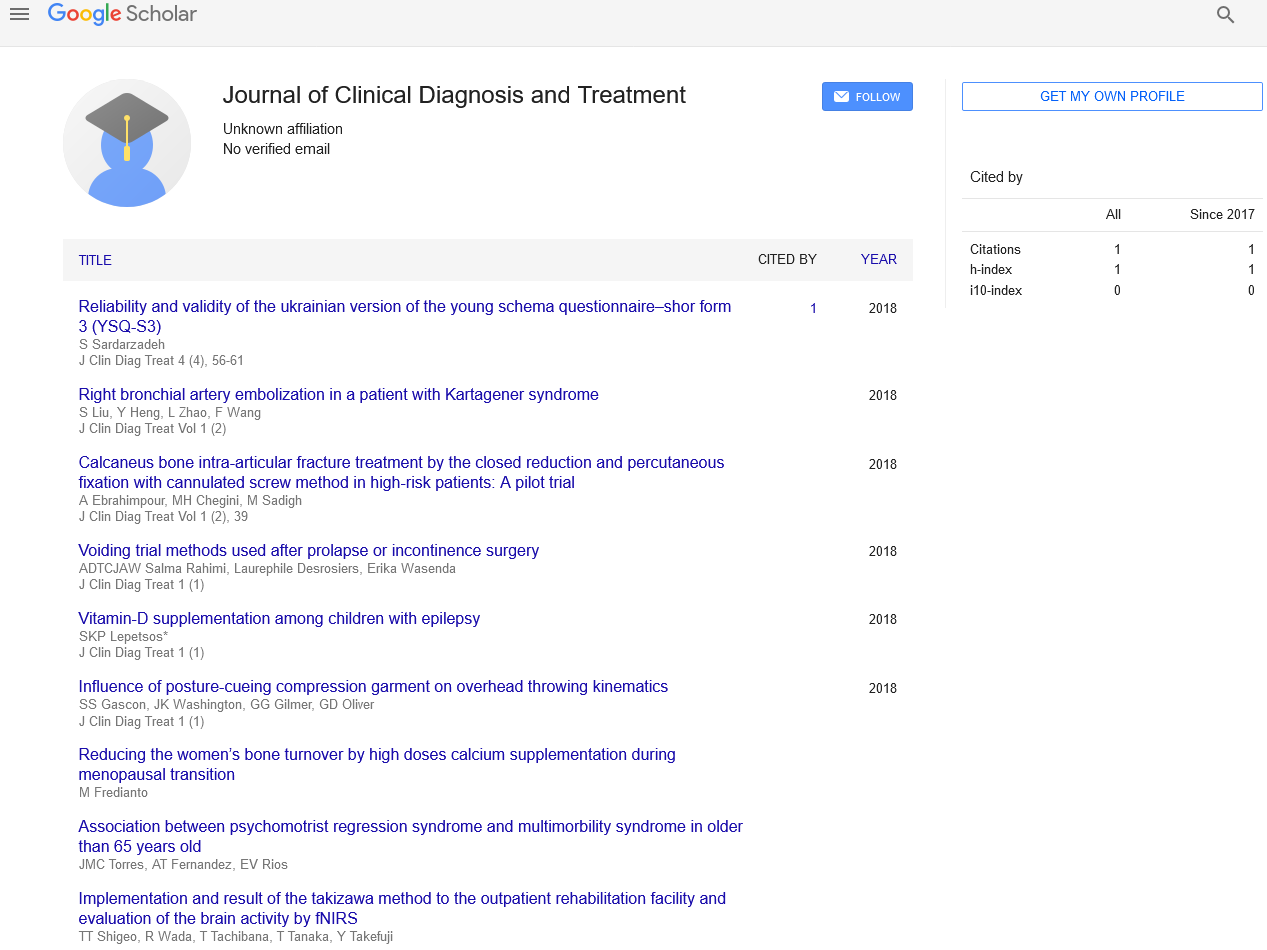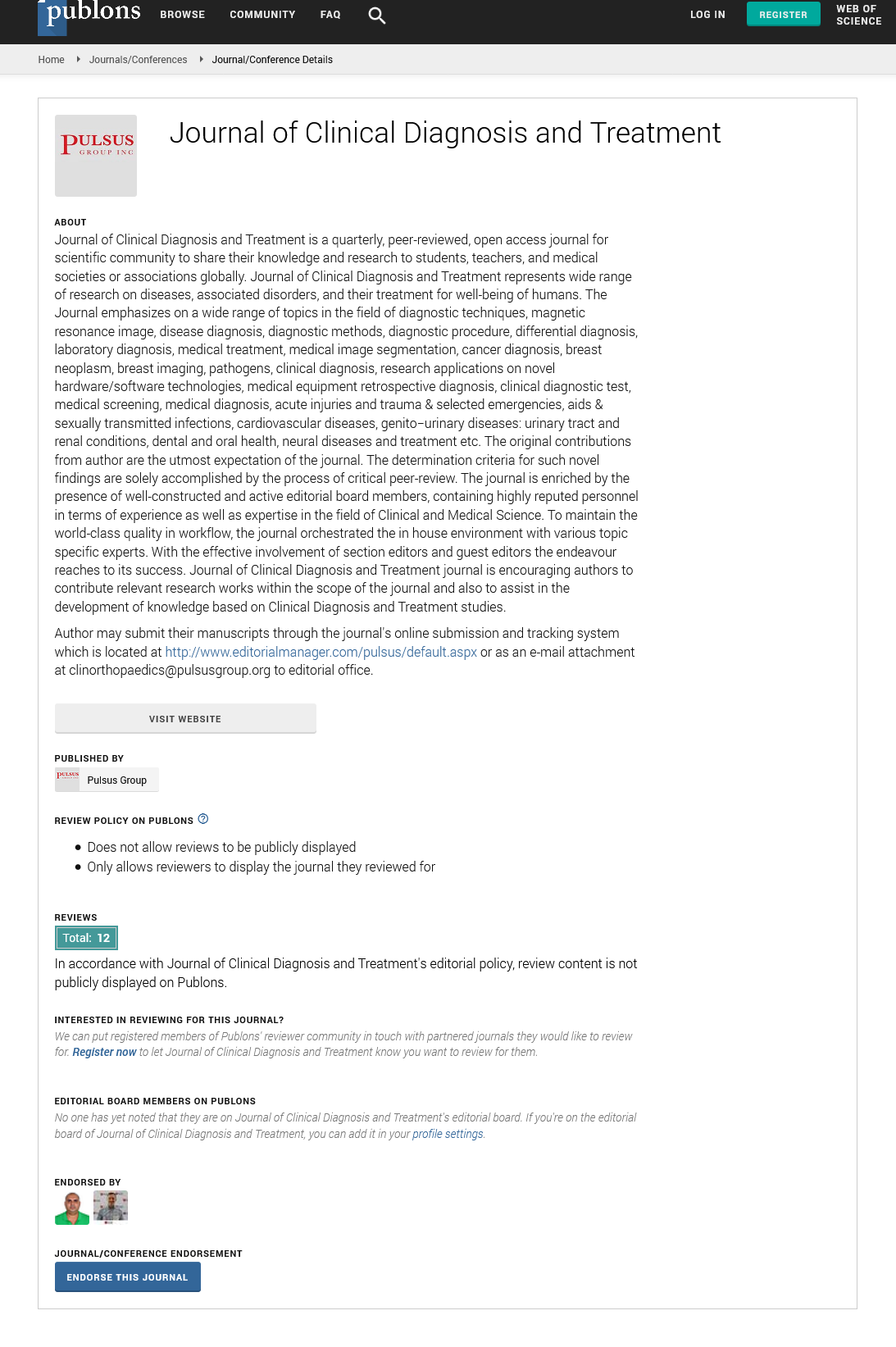Clinical Cardiology 2020: Hypertension risk from iron brake particulate matter
Received: 02-Jan-2022, Manuscript No. PULJCDT-22-3938; Editor assigned: 15-Jan-2022, Pre QC No. PULJCDT-22-3938(PQ); Reviewed: 31-Jan-2022 QC No. PULJCDT-22-3938; Revised: 02-Feb-2022, Manuscript No. PULJCDT-22-3938(R); Published: 24-Jan-2022, DOI: 10.37532/puljcdt.22.4(1).03
This open-access article is distributed under the terms of the Creative Commons Attribution Non-Commercial License (CC BY-NC) (http://creativecommons.org/licenses/by-nc/4.0/), which permits reuse, distribution and reproduction of the article, provided that the original work is properly cited and the reuse is restricted to noncommercial purposes. For commercial reuse, contact reprints@pulsus.com
Abstract
Former Assistant Clinical Professor of Medicine, Medical University of Ohio at Toledo Of 12 moon walkers, James Irwin on day after return from Apollo 15 mission, showed extraordinary bicycle ( B) stress test (ST) hypertension ( 275/125) after 3 minutes exercise; supervising > 5000 maximum treadmill ST, author never witnessed ST- blood pressure approaching this level. Symptom-limited maximum B stress test showed “cyanotic fingernails”; possibly venous blood trapped peripherally, supporting author’s “Apollo 15 Space Syndrome,” postulating that severe fingertip pain during space walks, triggered by plasma fluid, trapped distally; mechanism could be related to endothelial dysfunction, providing “silent ischemia” warning. Neil Armstrong returned to Earth with severe diastolic hypertension ( 160/135), consistent with ischemic left ventricular dysfunction; 50 mm increase in comparison with resting BP 110/85. With inhalation of lunar dust, brought into habitat on space suit, with high lunar iron (I) this dust inhalation, along with reduced (R) space flight- transferrin, R antioxidant, calcium (Ca) blocker -magnesium, conducive to severe oxidative stress, Ca overload with potential endothelial injuries. Using moon walker studies as example, my recent editorials show that I dust, released from brakes, with over 90% of brakes made of I, is a major hypertension factor and may also contribute to myocardial infarctions
Biography
Wliam J. Rowe M.D. FBIS (Fellow British Interplanetary Society), FACN (Fellow American College of Nutrition, Retired Fellow Royal Society of Medicine), is a board certified specialist in Internal Medicine. He received his M.D. at the University of Cincinnati and was in private practice in Toledo, Ohio for 34 years. During that time he supervised over 5000 symptom - limited maximum hospital-based treadmill stress tests. He studied 3 world class extraordinary endurance athletes and published their exerciserelated magnesium deficiencies. This triggered a 20 year pursuit of the cardiovascular complications of Space flight.






